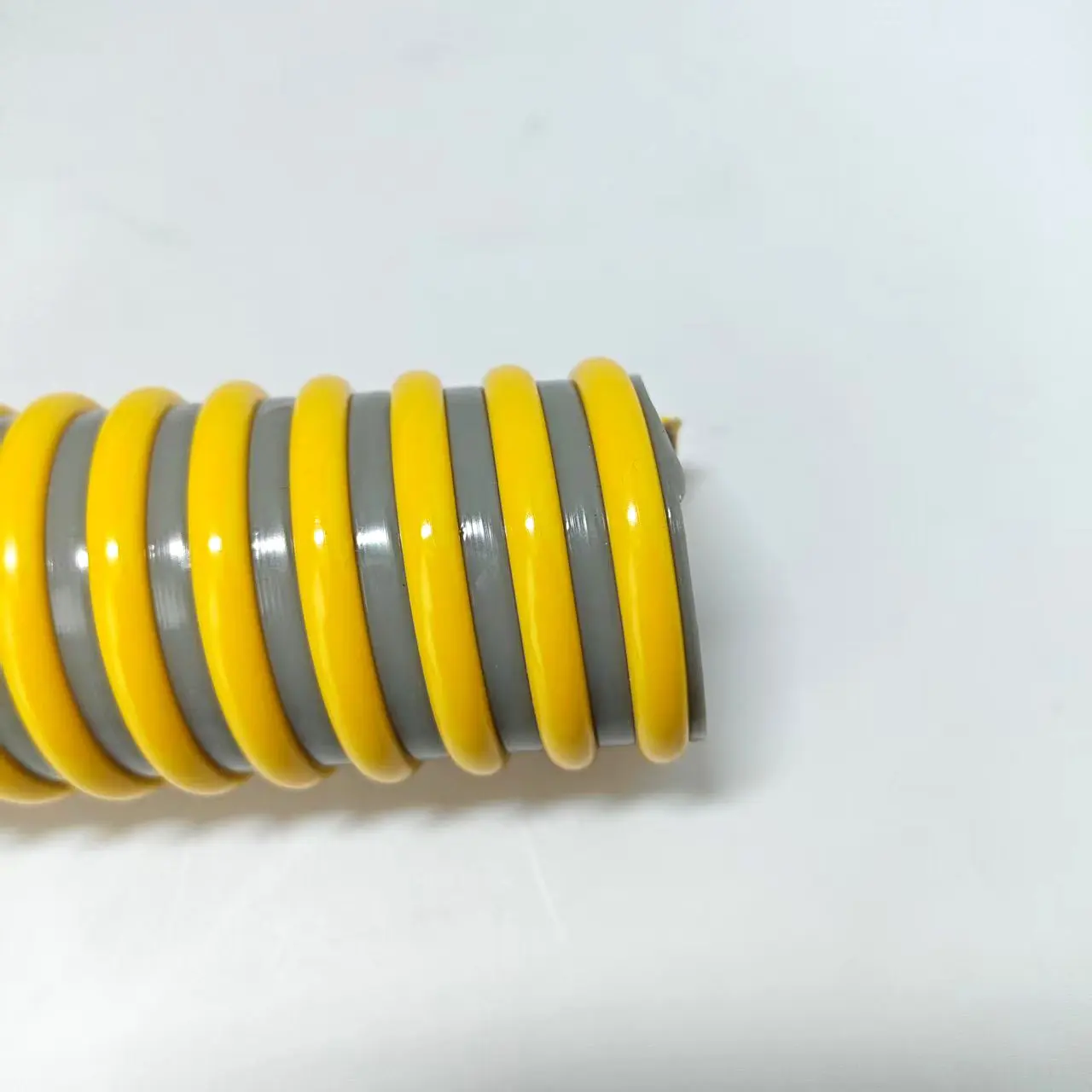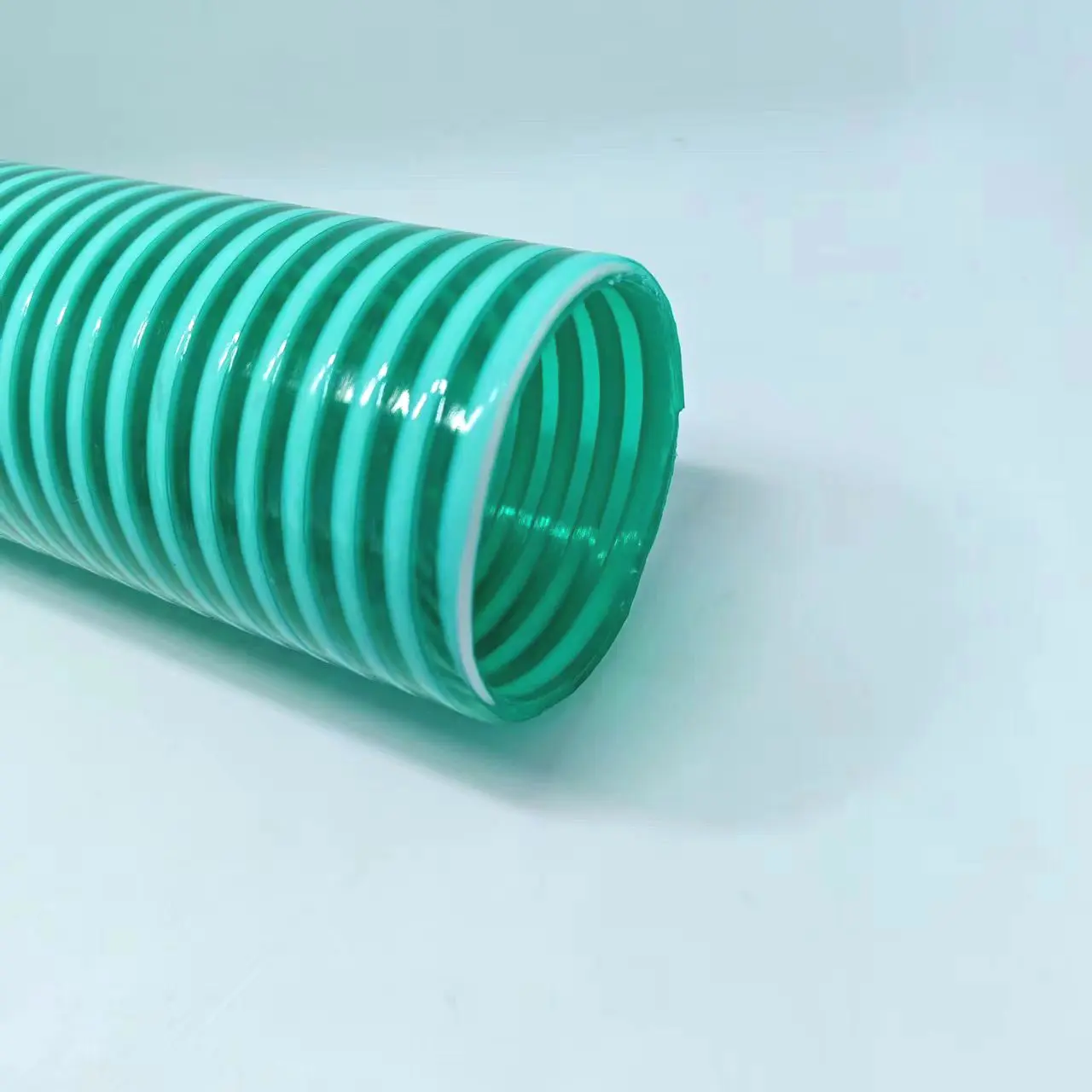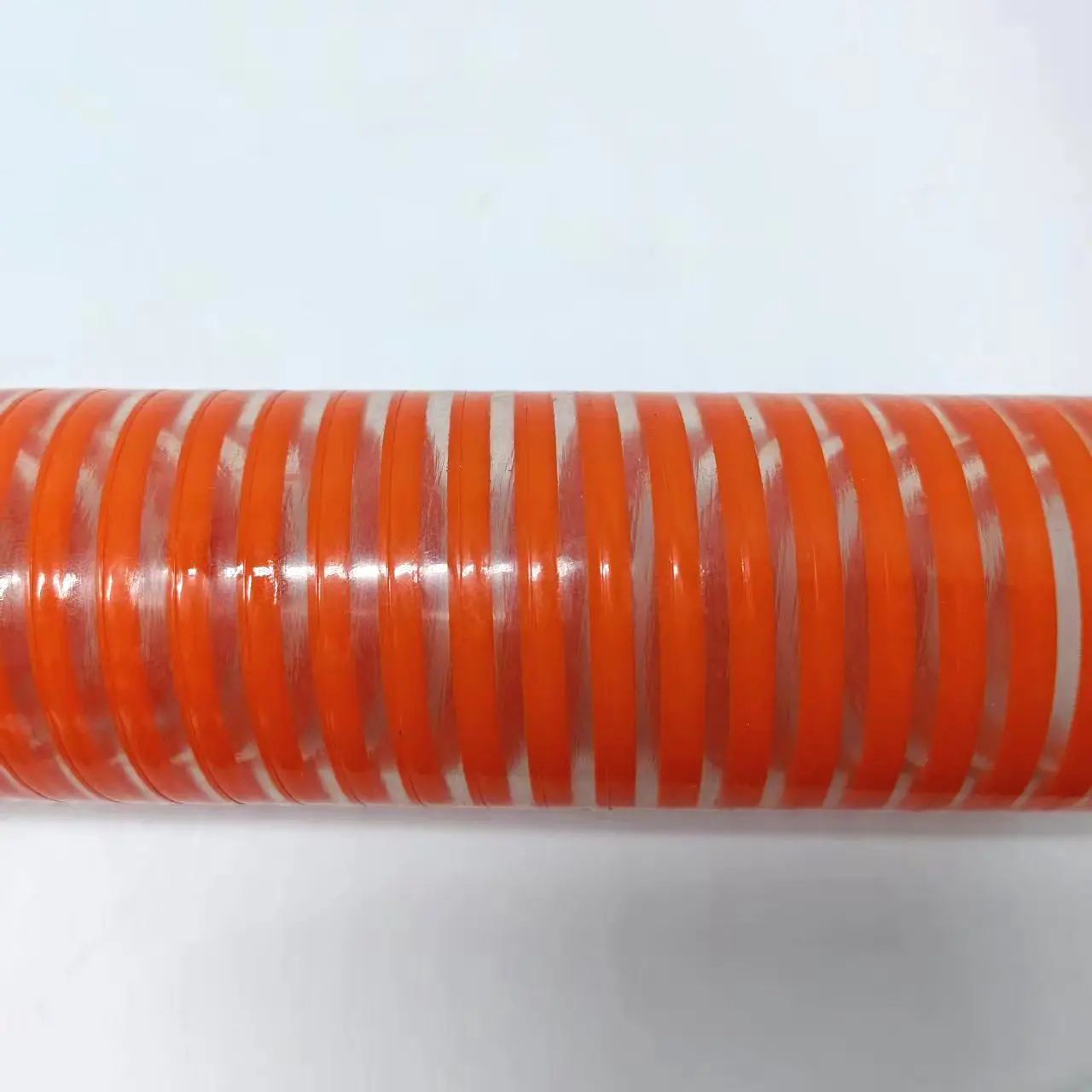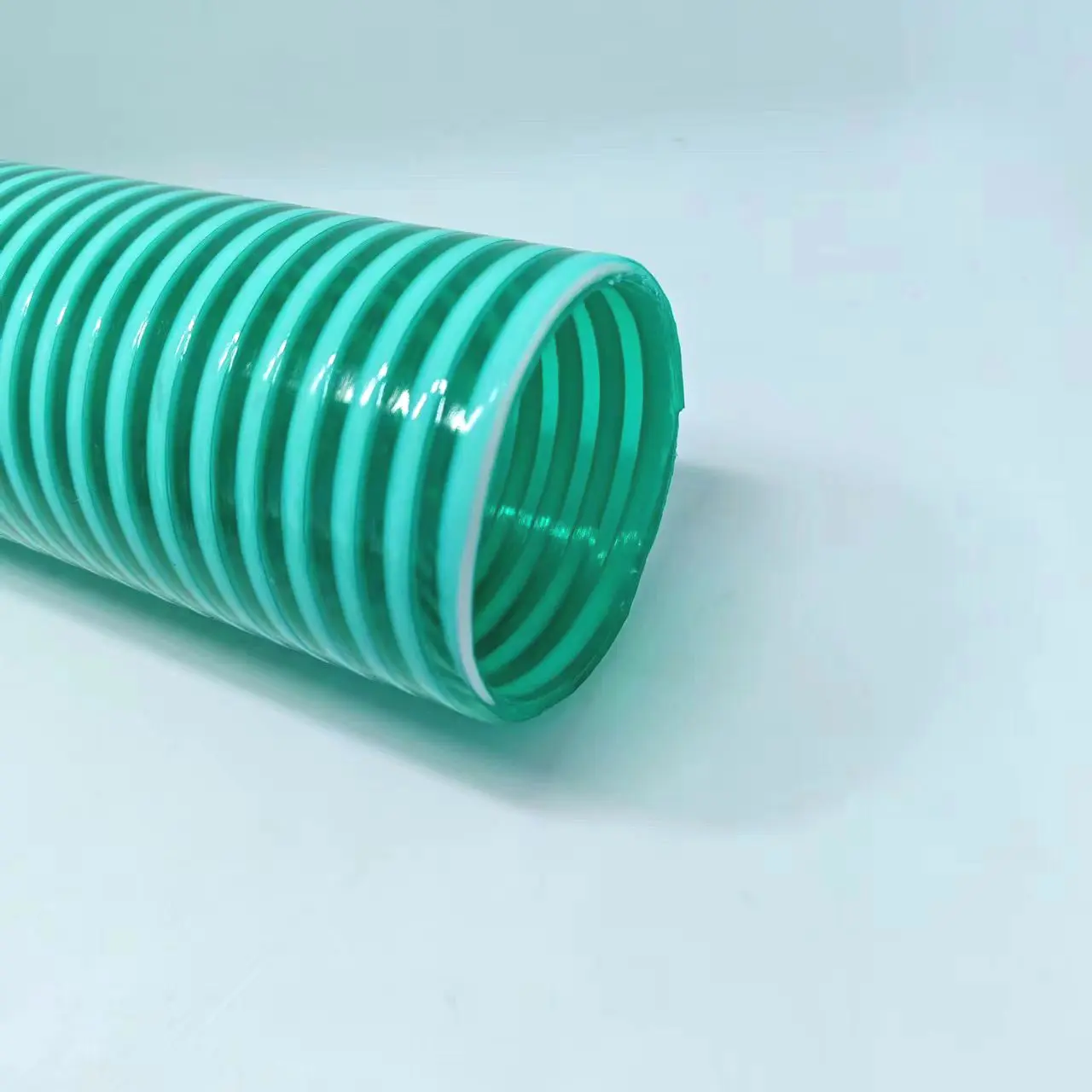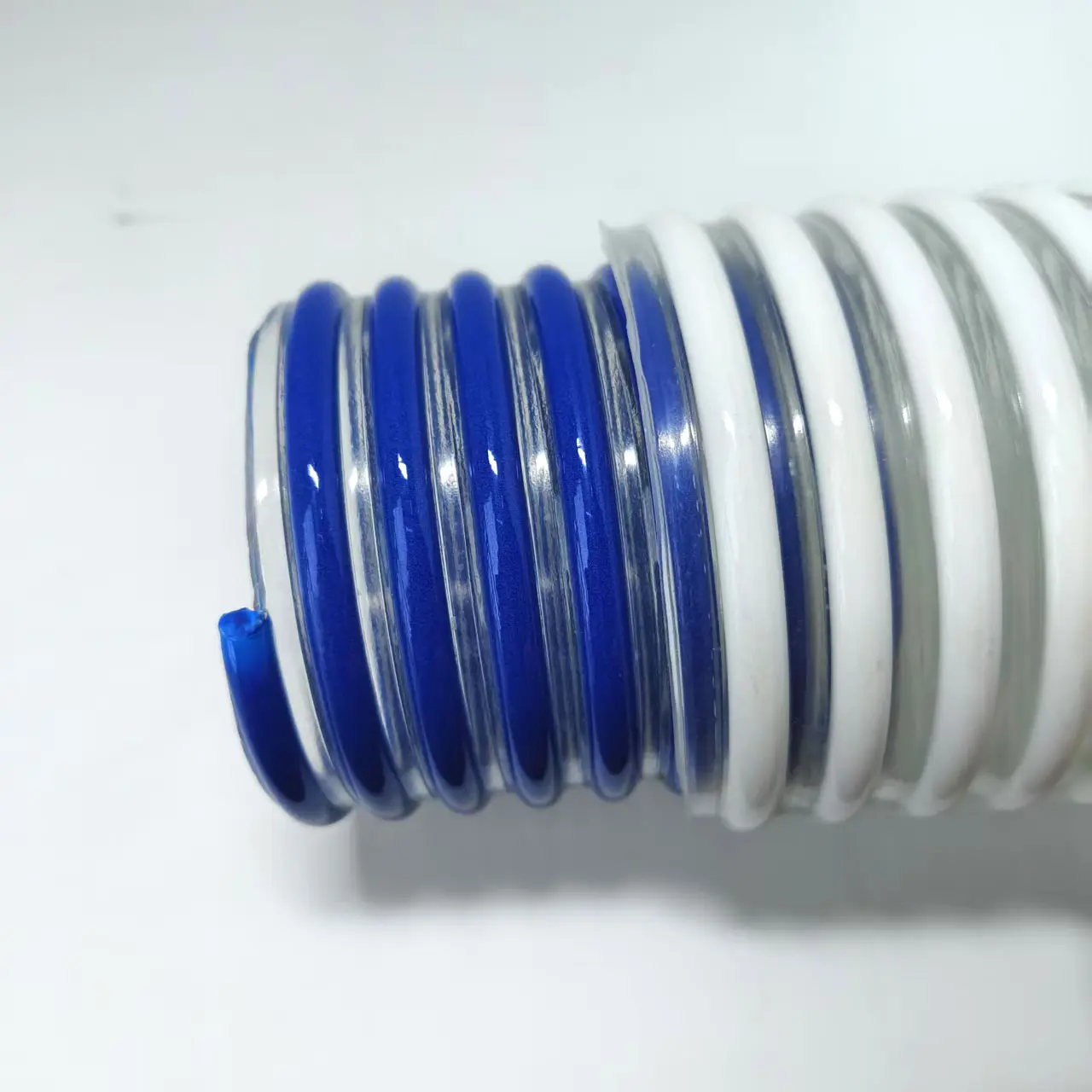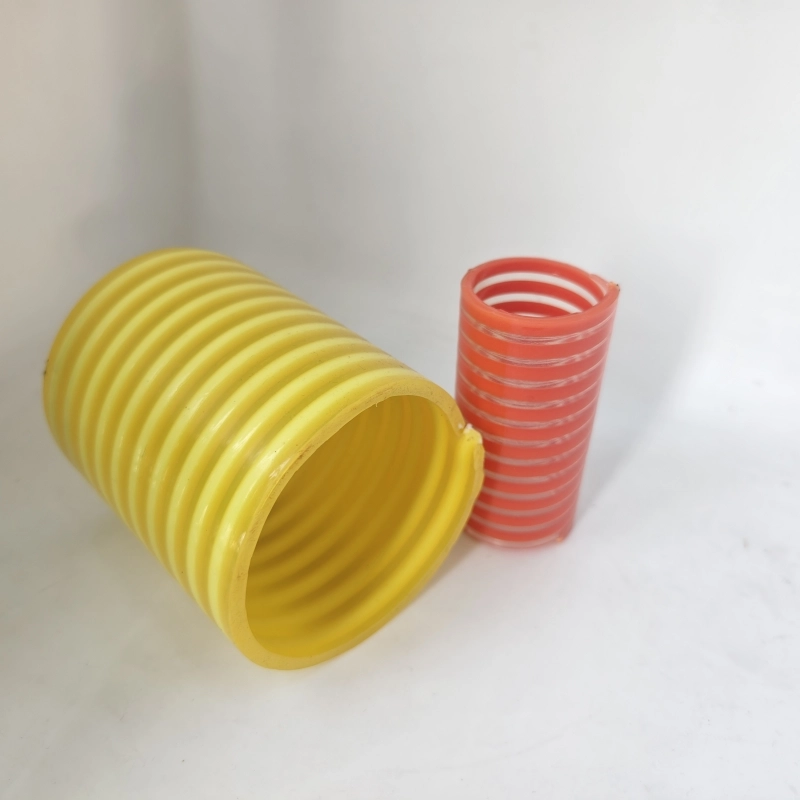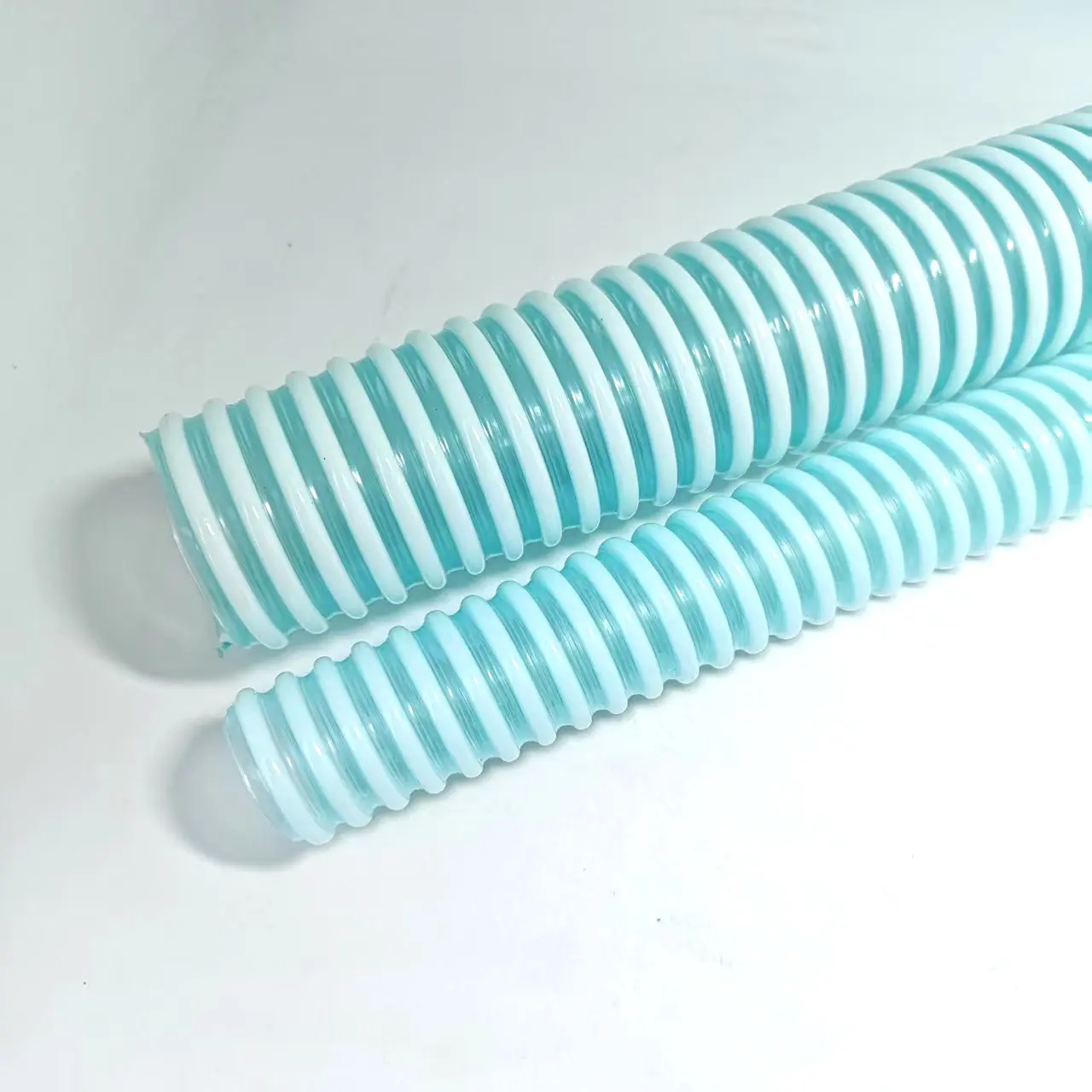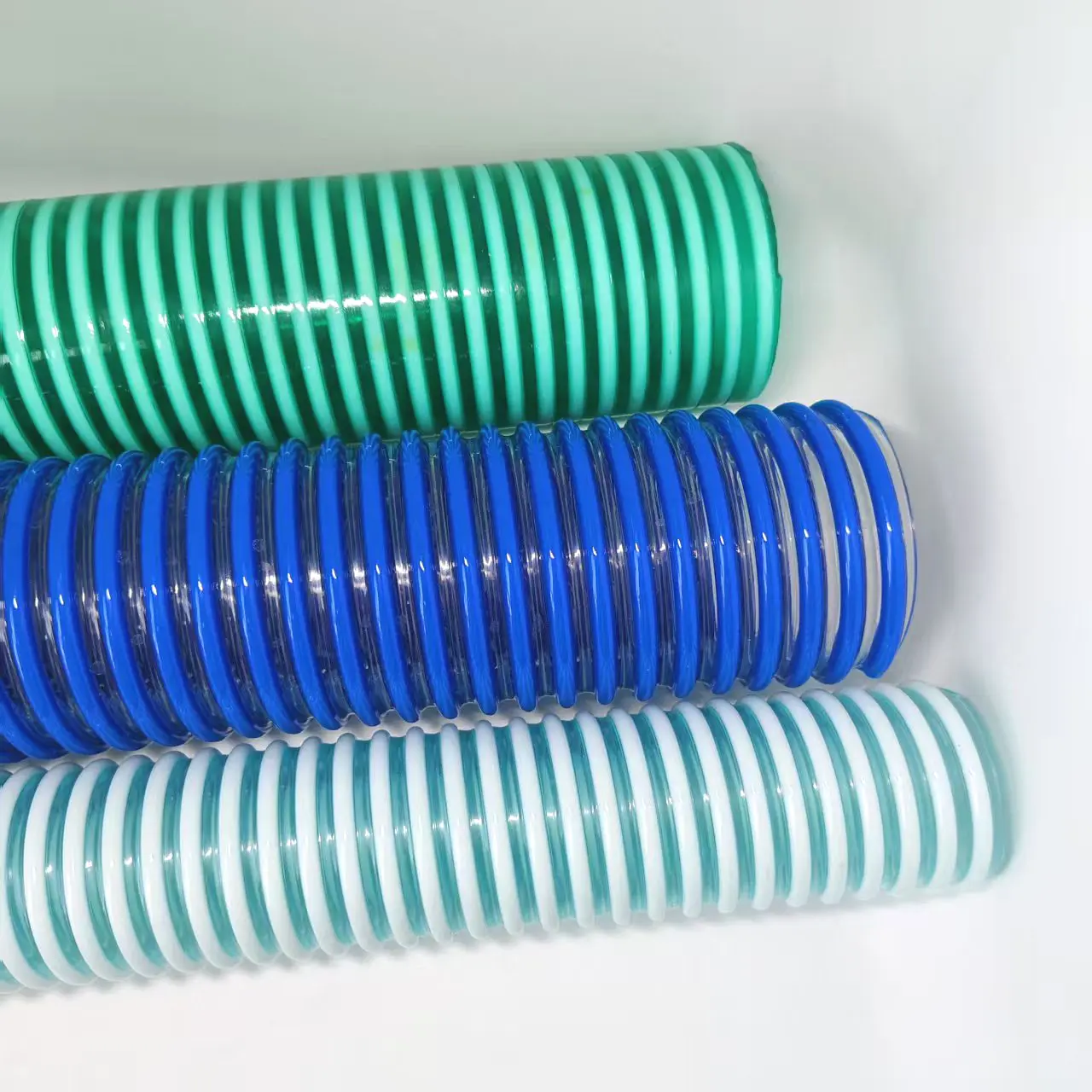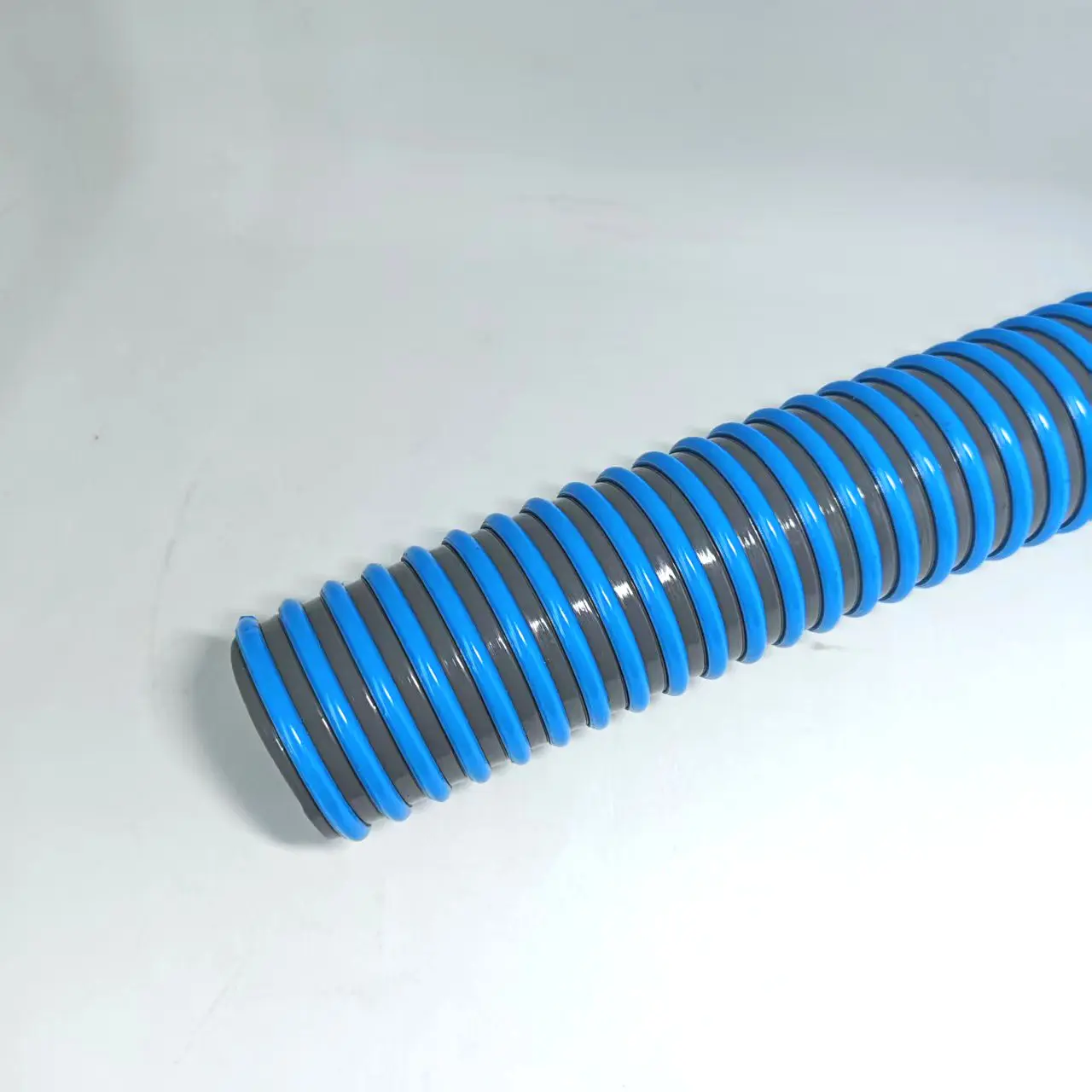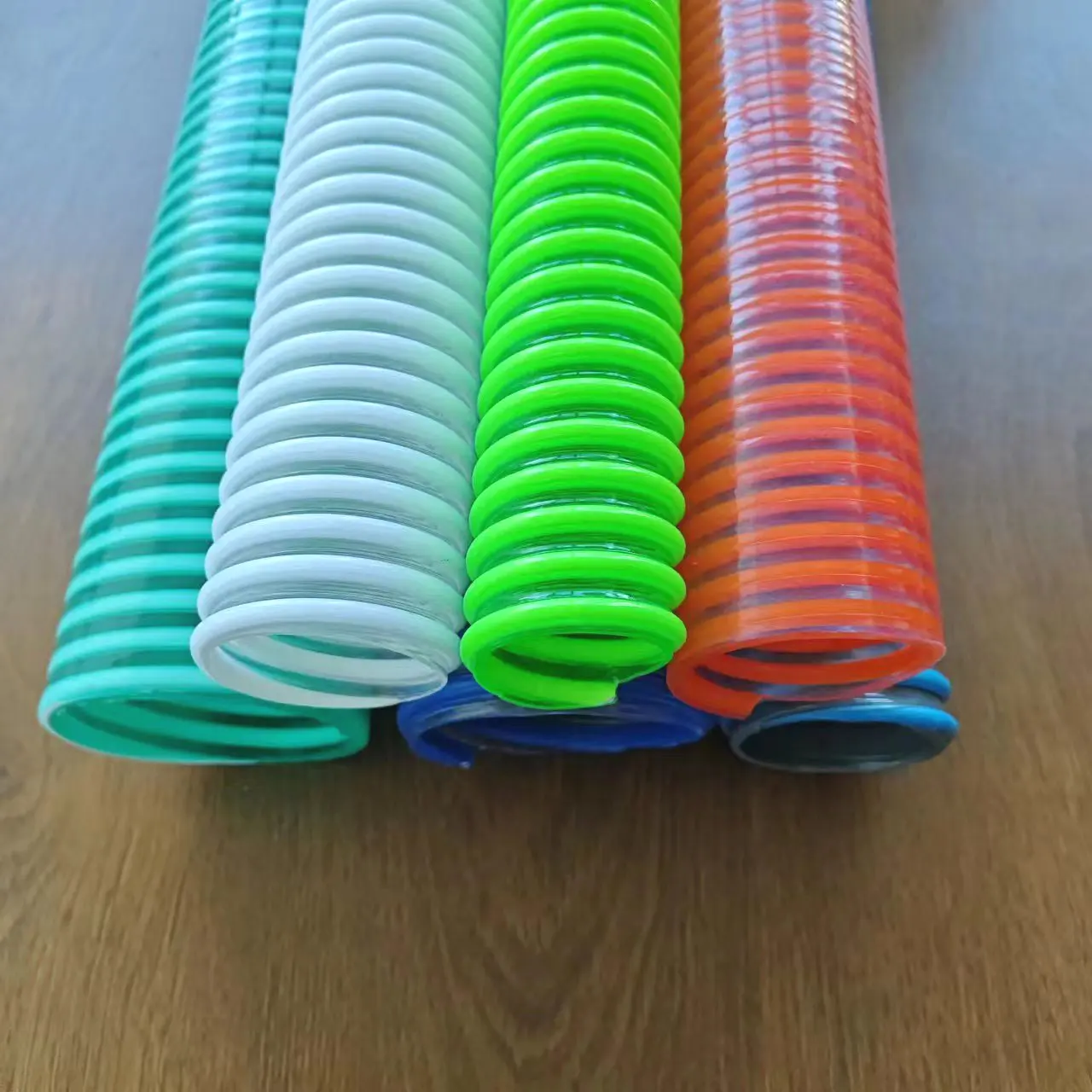Basic Overview of PVC Suction Hose
PVC Suction Hose is a type of flexible tubing widely used in industrial, agricultural, and construction applications, primarily for transferring water, slurry, and other non-corrosive liquids. Made from polyvinyl chloride (PVC), it offers good abrasion resistance and anti-aging properties, making it suitable for liquid transfer in various environmental conditions.
In the U.S. market, demand for PVC Suction Hose mainly comes from agricultural irrigation, construction site drainage, and industrial wastewater management. Given the large-scale farming operations in the U.S., many farms rely on efficient irrigation systems, and PVC Suction Hose is a common choice due to its durability and cost-effectiveness. Additionally, the construction industry frequently uses this hose for foundation work and basement drainage.
It’s important to note that PVC Suction Hose is not suitable for high-temperature liquids or prolonged exposure to extreme conditions, so its use should be evaluated based on specific applications. Compared to hoses made from other materials, PVC Suction Hose is more economical, giving it a significant share in the mid-to-low-end U.S. market.
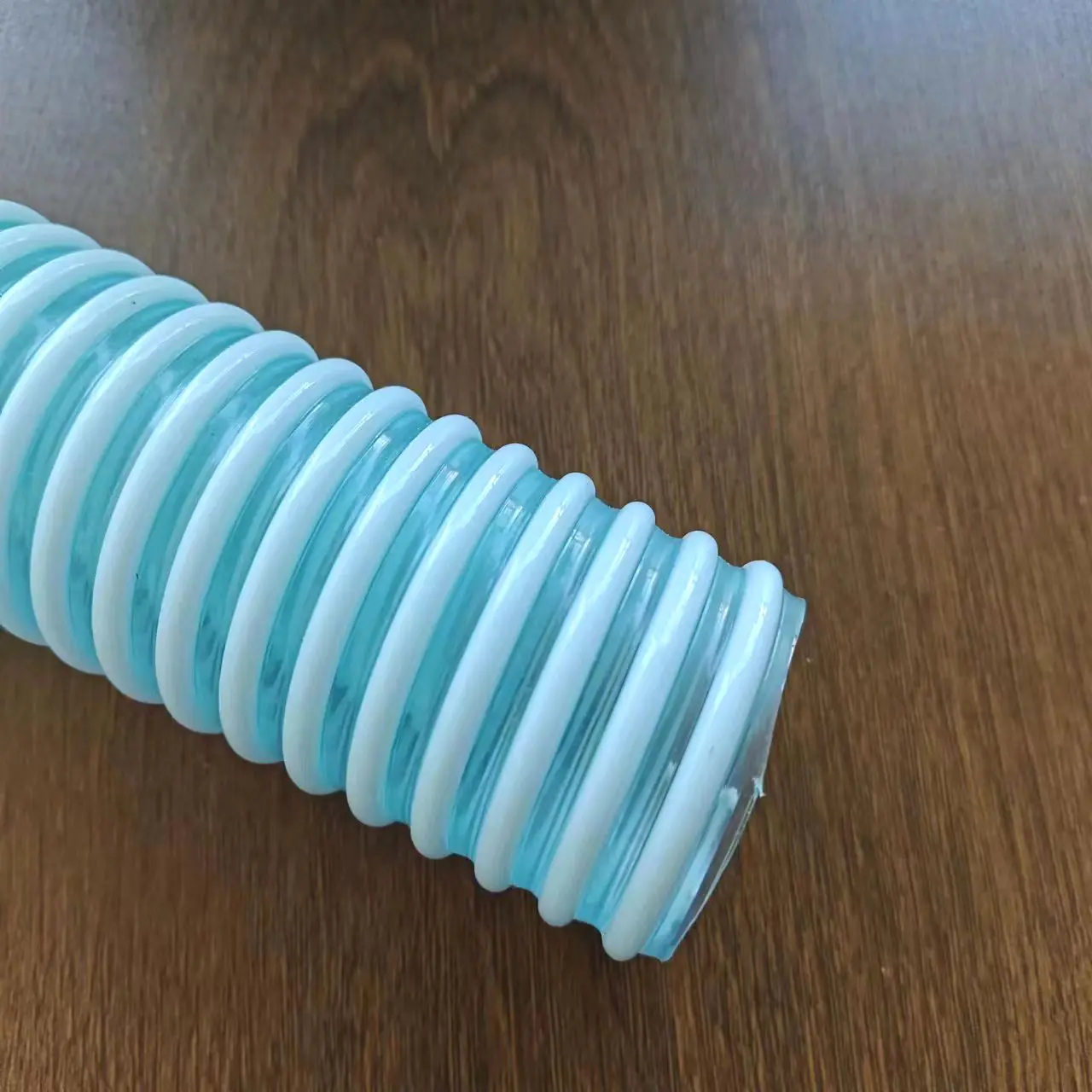
Key Applications of PVC Suction Hose
Agricultural Irrigation
U.S. agriculture is highly mechanized, and irrigation systems require efficient, reliable hoses for water transfer. PVC Suction Hose is commonly used in mobile sprinkler systems, ditch drainage, and pumping water from farm reservoirs. Its ability to withstand moderate suction pressure makes it ideal for drawing water from wells or ponds.
Construction Drainage
On construction sites, particularly during foundation work and underground projects, drainage is essential. PVC Suction Hose enables rapid water removal, ensuring uninterrupted progress. It is also used in concrete batching plants for water supply and slurry transfer.
Industrial Wastewater Management
Many factories use PVC Suction Hose to transport wastewater generated during production. Its abrasion resistance allows it to handle liquids containing small particles, making it a common choice in wastewater treatment plants and industrial water recycling systems.
Municipal Engineering
Municipalities use PVC Suction Hose for cleaning sewers and flood control. Its pressure resistance makes it suitable for short-term high-capacity drainage needs.
Market Analysis of PVC Suction Hose (U.S.)
The U.S. is one of the largest global markets for PVC Suction Hose, with demand driven by agriculture, construction, and industrial development. Key market characteristics include:
Agriculture-Driven Demand: States with large-scale farming, such as the Midwest and California, account for high sales of PVC Suction Hose.
Growth in Construction: Steady demand from infrastructure and real estate development supports consistent market growth.
Stable Industrial Use: Manufacturing and wastewater industries maintain steady demand without significant fluctuations.
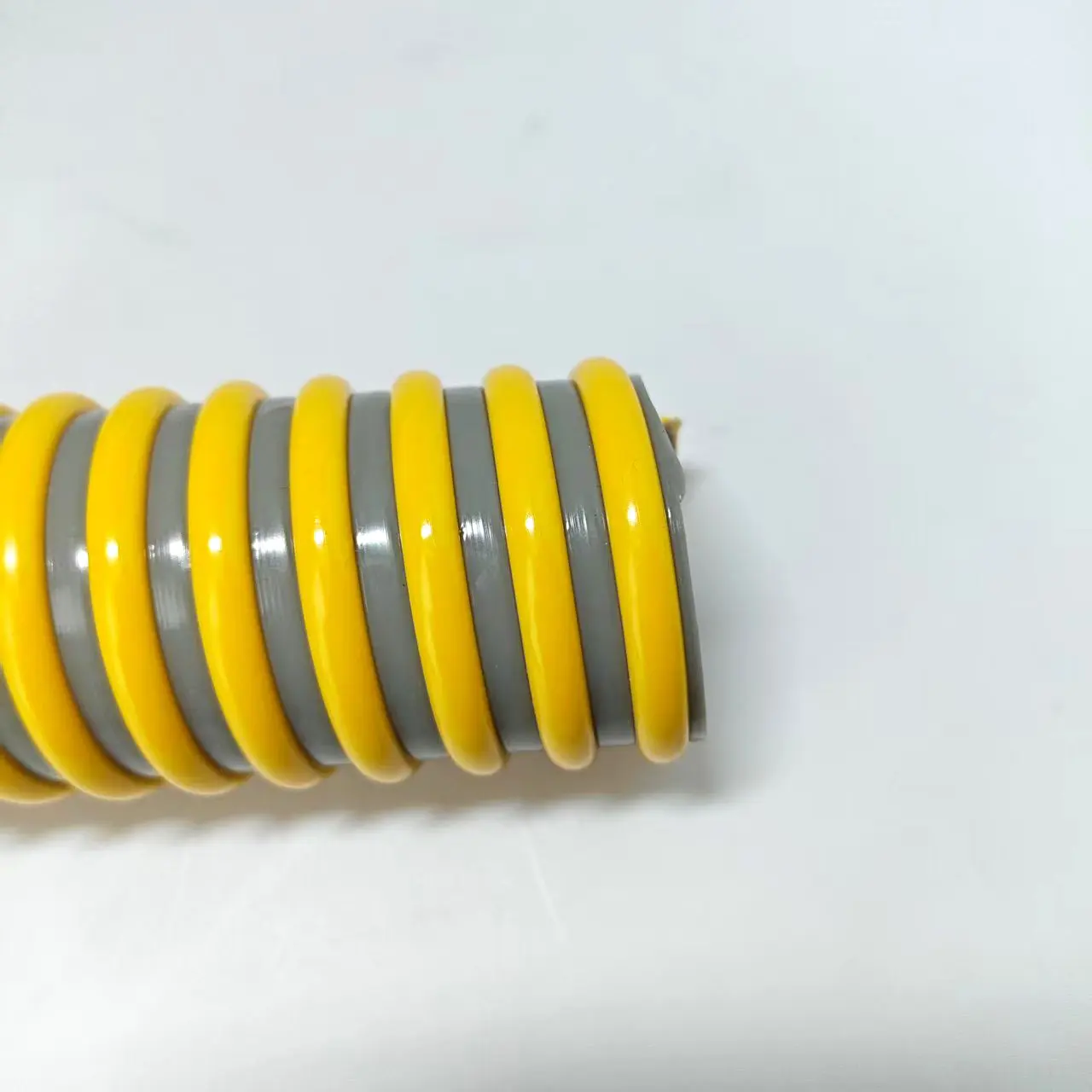
Advantages and Disadvantages of PVC Suction Hose
Advantages
Cost-Effective: More affordable than rubber or composite hoses.
Easy Installation: Flexible and simple to set up, ideal for temporary or mobile applications.
Abrasion-Resistant: Suitable for liquids containing sand or small particles.
Disadvantages
Not Heat-Resistant: Prolonged exposure to high temperatures can cause deformation or damage.
Poor UV Resistance: Prolonged sunlight exposure accelerates aging, making it better suited for indoor or short-term outdoor use.
Limited Pressure Tolerance: Not suitable for high-pressure systems, only mid-to-low-pressure applications.
Purchasing Guide for PVC Suction Hose
| Factor | Description |
|---|---|
| Inner Diameter | Choose based on flow requirements; common sizes range from 1 to 6 inches. |
| Temperature Range | Ensure the hose suits ambient temperatures, typically 0°C to 60°C for PVC. |
| Chemical Compatibility | While not for strong acids/bases, verify compatibility with transported liquids. |
| Connection Type | Select quick-connect, flanged, or threaded fittings based on application. |
Maintenance and Storage of PVC Suction Hose
Proper care extends the lifespan of PVC Suction Hose. Key recommendations include:
Post-Use Cleaning: Flush the hose after transferring slurry or wastewater to prevent residue buildup.
Avoid Folding During Storage: Long-term folding can deform the hose.
Indoor Storage: Keep in a cool, dry place away from direct sunlight and extreme temperatures.
Regular Inspection: Check for cracks, hardening, or other damage before use.
Common Issues and Solutions
Issue 1: Hose Deformation During Use
Cause: Excessive heat or bending.
Solution: Avoid high-temperature environments and ensure natural curvature during installation.
Issue 2: Leaks at Connections
Cause: Loose fittings or worn seals.
Solution: Replace seals or tighten connections; use hose clamps if necessary.
Issue 3: Hardening or Brittleness
Cause: Prolonged UV exposure or cold storage.
Solution: Replace the hose and improve storage conditions.
This analysis shows that PVC Suction Hose remains widely used and stable in the U.S. market. Despite some limitations, its affordability and practicality ensure its continued importance across multiple industries.
